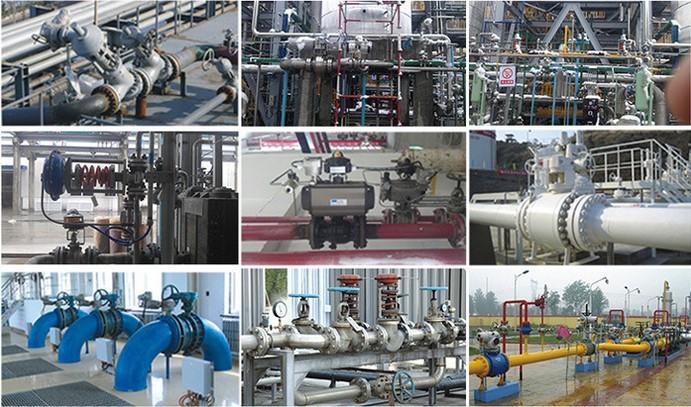 English
English Español
Español  Português
Português  русский
русский  Français
Français  日本語
日本語  Deutsch
Deutsch  tiếng Việt
tiếng Việt  Italiano
Italiano  Nederlands
Nederlands  ภาษาไทย
ภาษาไทย  Polski
Polski  한국어
한국어  Svenska
Svenska  magyar
magyar  Malay
Malay  বাংলা ভাষার
বাংলা ভাষার  Dansk
Dansk  Suomi
Suomi  हिन्दी
हिन्दी  Pilipino
Pilipino  Türkçe
Türkçe  Gaeilge
Gaeilge  العربية
العربية  Indonesia
Indonesia  Norsk
Norsk  تمل
تمل  český
český  ελληνικά
ελληνικά  український
український  Javanese
Javanese  فارسی
فارسی  தமிழ்
தமிழ்  తెలుగు
తెలుగు  नेपाली
नेपाली  Burmese
Burmese  български
български  ລາວ
ລາວ  Latine
Latine  Қазақша
Қазақша  Euskal
Euskal  Azərbaycan
Azərbaycan  Slovenský jazyk
Slovenský jazyk  Македонски
Македонски  Lietuvos
Lietuvos  Eesti Keel
Eesti Keel  Română
Română  Slovenski
Slovenski  मराठी
मराठी  Srpski језик
Srpski језик
Differences Between Gate, Globe and Check Valves
2021-05-26
The main difference between gate, globe and check valves is the application and operation of each valve:

1) Gate valve: it is the most commonly used valve in pipeline system. It is a general service valve, mainly used for switching, non throttling applications. Fully open or fully closed, not used to regulate flow. A partially open gate valve will accelerate corrosion caused by merchandise in the pipe and will damage the seat in a short time. Gate valves are an economical and effective way to provide high quality seal valves with high temperature tolerances.
2) Globe valve: globe valve is almost exclusively used for throttling or flow regulation. In addition, the globe valve only works in one direction. To help you remember this, there is an arrow on the side of each stop valve to indicate the direction of flow. By simply rotating the handwheel, the rate of merchandise flowing through the valve can be adjusted to any desired level.

3) Check valves: unlike globe and gate valves, check valves do not operate at all. They are used to prevent backflow in the circuit, making it one of the most important components of any system. Check valves work automatically, most of them are not controlled by people or any external control; As a result, most do not have any valve handle or stem. They are two port valves, meaning they have two openings in the body, one for fluid entry and one for fluid exit, and are used in a variety of applications. Although they come in a variety of sizes and costs, check valves are usually very small, simple or inexpensive.




